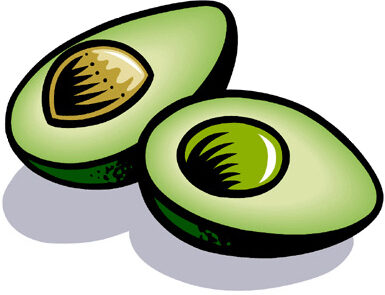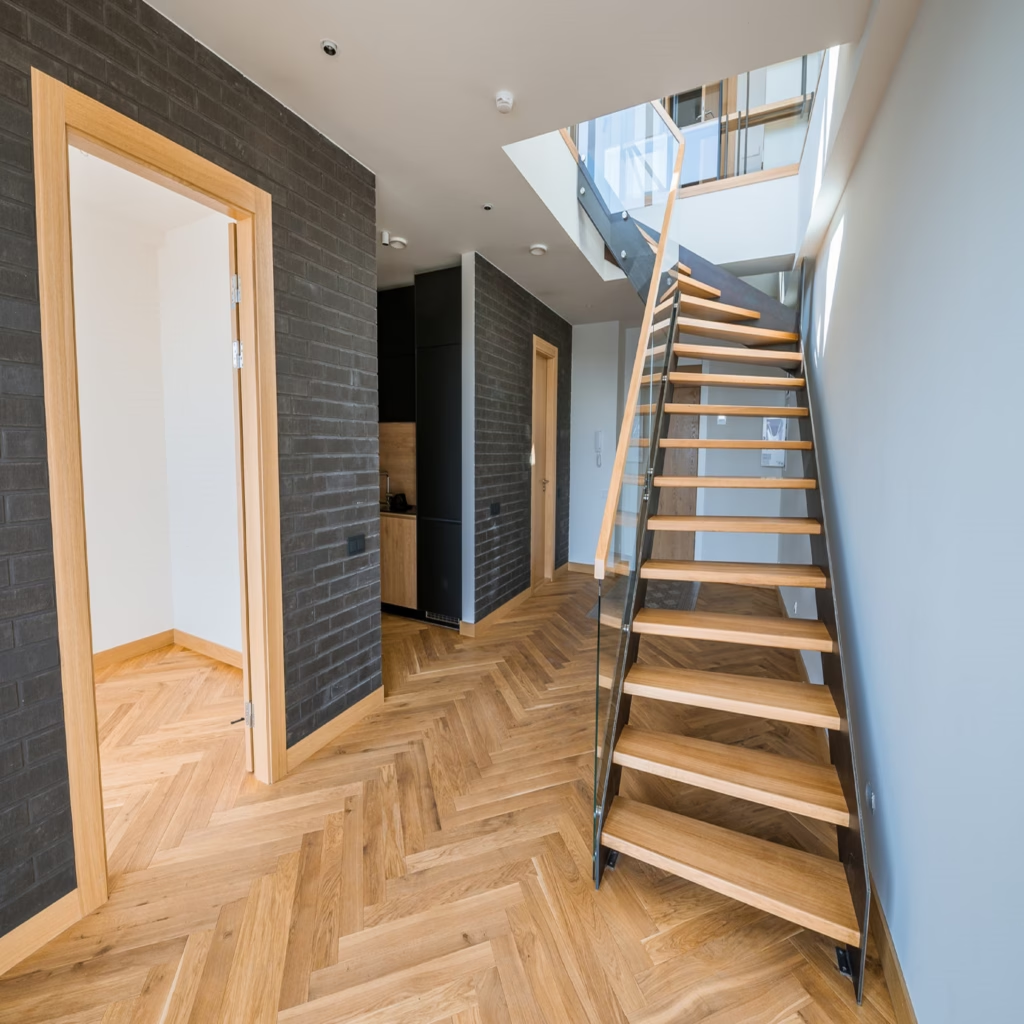Wood flooring is a popular choice for its look, durability, and timeless appeal. There are several types of wood flooring to consider, each with its own characteristics and benefits. Here’s a breakdown of the common types and the key differences between natural (solid) wood and engineered wood flooring:
1. Solid Hardwood Flooring
• Material: Made from a single piece of solid wood, typically ¾ inch thick.
• Wood Species: Common species include oak, maple, cherry, walnut, and exotic woods like mahogany or teak.
• Durability: Can be sanded and refinished multiple times over its lifetime.
• Installation: Typically nailed or stapled to a wooden subfloor; not recommended for areas prone to moisture, like basements or bathrooms.
• Appearance: Offers rich grain patterns and a classic look.
2. Engineered Wood Flooring
• Material: Composed of a top layer of real wood veneer bonded to multiple layers of plywood or high-density fibreboard (HDF).
• Durability: The top layer of wood can be sanded (depending on thickness), but not as many times as solid wood.
• Installation: More versatile than solid wood, it can be glued, stapled, or floated, making it suitable for basements or over concrete.
• Appearance: Virtually indistinguishable from solid wood once installed, as the surface is real wood.
3. Laminate Flooring
• Material: Made from high-density fibreboard (HDF) with a photographic layer that mimics the look of wood and a protective top coat.
• Durability: Scratch-resistant but cannot be refinished; less expensive than solid or engineered wood.
• Installation: Typically a floating floor system with click-and-lock planks.
• Appearance: Realistic wood-look options are available but lack the depth and warmth of real wood.
4. Bamboo Flooring
• Material: Made from compressed bamboo fibres, technically a type of grass but often grouped with wood flooring.
• Durability: Harder than some hardwoods, eco-friendly, and moisture-resistant.
• Installation: Similar to engineered wood; can be nailed, glued, or floated.
• Appearance: Distinct grain patterns and a modern aesthetic.
5. Parquet Flooring
• Material: Small wood pieces arranged in geometric patterns, often using solid or engineered wood.
• Durability: Similar to the wood material used.
• Installation: Requires precision installation, often glued down.
• Appearance: Adds an elegant, decorative look to floors.
Differences Between Natural (Solid) and Engineered Wood Flooring
| Feature | Solid Hardwood | Engineered Wood |
| Construction | Single piece of solid wood | Multi-layer construction (wood veneer + core) |
| Durability | Highly durable, can be sanded multiple times | Durable but limited sanding potential |
| Moisture Resistance | Prone to warping or expanding in high humidity | More stable, better for humid environments |
| Installation | Requires a wooden subfloor, nailed or stapled | More versatile; can be installed over concrete |
| Cost | Generally more expensive | Typically less expensive |
| Appearance | Offers natural wood beauty and authenticity | Real wood top layer, similar aesthetic |
Key Considerations
• Climate and Location: Engineered wood is better for basements or areas with temperature/humidity changes.
• Longevity: Solid hardwood is ideal for those seeking longevity and refinishing opportunities.
• Budget: Engineered wood and laminate are more budget-friendly options than solid wood.

